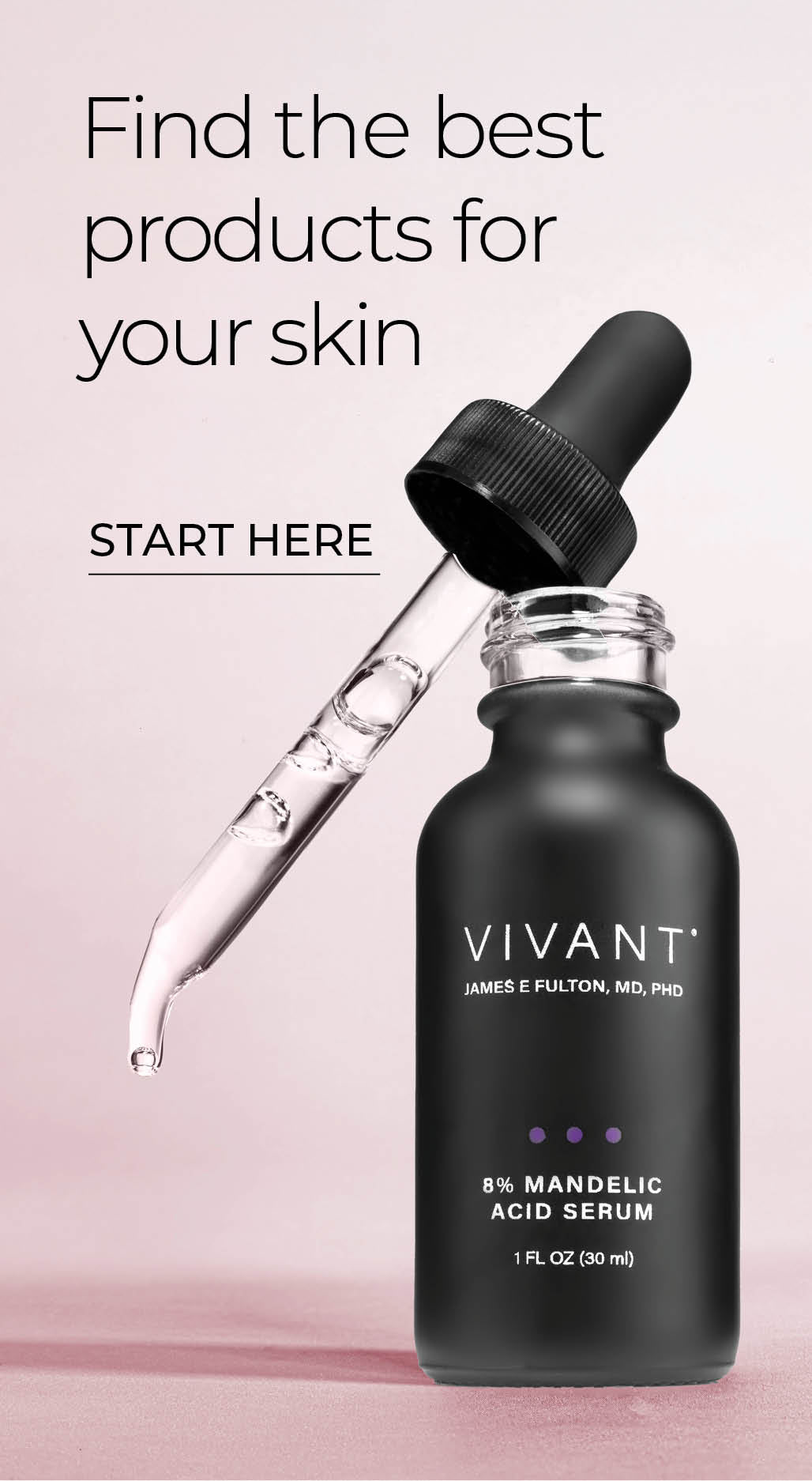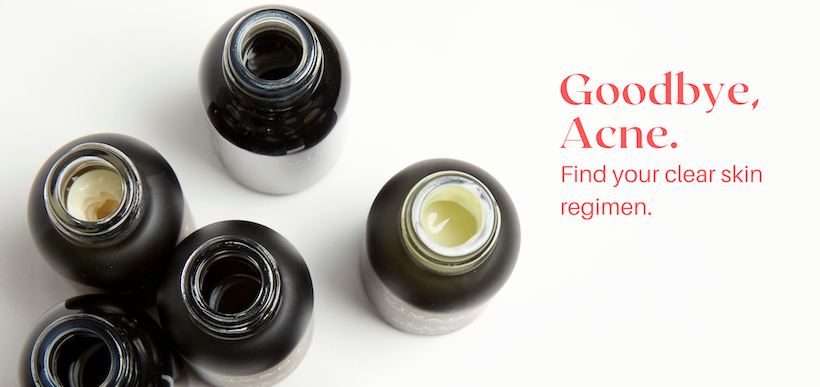How to Get Rid of Dark Spots on Your Face for Real

It’s one of the most frequently asked questions because it’s one of the most common skincare concerns. How can you get rid of dark spots on your face? There is no shortage of answers—everything from DIY masks to professional treatments. But what really works to bring even, luminous tone? We’ve got answers, and they are game-changing.
Table of content
What causes dark spots?
Dark spots occur when melanocytes (melanin-producing cells) work overtime to produce excess pigment. A variety of things can trigger overproduction of melanin. The sun causes the skin to mount a protective melanin response. Hormones—estrogen and progesterone—can stimulate melanocytes, which is why melasma (another form of hyperpigmentation) is so common during and after pregnancy. Any trauma to the skin—acne, picking pimples, cuts, waxing, chemicals, heat—causes irritation and inflammation that can result in dark spots.
Though often referred to as age spots, dark spots have less to do with age than with the accumulation of damage. Over time, as the damage builds up, spots darken and increase in size, becoming more prominent.
The Game-Changing, Two-Pronged Approach to Fading Dark Spots
Pigment forms in the deeper layers of skin and rises to the surface. It can be targeted at multiple levels—basal to epidermal.
A two-pronged approach—dispersal of pigment from the surface (epidermal) and blocking its formation in the deeper layers of the skin (basal) to prevent its appearance—is the most effective treatment.
How do you do that? Two words: Depigmenters and exfoliators.
Depigmenters work in the deeper layers of skin to interrupt pigment production and block it from reaching the skin’s surface. They may also have an antioxidant effect that protects against pigment-inducing UV or environmental damage.
Exfoliators disperse pigment from the upper layers of the skin by sloughing it off along with dead skin cells and encouraging fresh new cells.
Using both depigmenters and exfoliators together delivers a one-two punch against hyperpigmentation.
What should you look for?
Mandelic Acid
Both depigmenter and exfoliator, this brightening hero works on every level to defend against hyperpigmentation. It’s an alpha-hydroxy acid, which means it clears excess pigment (along with dead skin cells) from the skin’s surface. And it’s a tyrosinase inhibitor, working at the basal level to block melanin production.
While it’s more potent than glycolic acid, a larger molecular structure makes mandelic Acid less irritating—ideal for hyperpigmentation-prone skin. And it comes with an antibacterial bonus to fight acne (one of the triggers of dark spots). Shop Vivant’s complete line of mandelic acid products.
Hydroquinone
The most widely used depigmenting agent, hydroquinone, doesn’t just inhibit the melanin-synthesizing enzyme tyrosinase. It breaks down melanocytes to eliminate dark spots. Hydroquinone is a good option for resistant hyperpigmentation or melasma. However, FDA regulation has recently shifted to make hydroquinone a prescription-only ingredient. Consequently, our popular True Tone and True Tone Forté brightening serums are no longer available. But don't worry, we will be releasing a transformative new hydroquinone alternative this fall that will give you luminous results without need of a prescription.
Vitamin C
Vitamin C is an antioxidant powerhouse known for its ability to prevent and repair UV damage. It neutralizes free radicals to block melanin triggers and stop existing pigment from darkening. It also inhibits the melanin-stimulating enzyme tyrosinase to reduce pigment formation and encourage a brighter, more even tone. It gets an exponential boost when paired with cell-defending vitamin E as in our Pure C + E antioxidant serum.
Niacinamide
This vitamin B derivative helps brighten skin in multiple ways. As a potent antioxidant, it protects against environmental stressors that are often the root of dark spots. Niacinamide blocks the transfer of melanin to keep it from reaching the skin’s surface. Potent anti-inflammatory properties guard against the irritation trigger. Additionally, it boosts ceramide production to make the skin more resilient.
Niacinamide is an excellent addition to brightening formulas because of its multiple benefits. You’ll find it in Vivant’s 8% Mandelic Acid Serum and 15% Mandelic Acid Serum.
Dermatologist-Recommended Ingredients for fading dark spots:
- Mandelic Acid (exfoliator, tyrosinase inhibitor)
- Hydroquinone (breaks up existing pigment, blocks new production, prescription only)
- Vitamin C (antioxidant, tyrosinase inhibitor)
- Vitamin A (accelerates cell turnover, inhibits tyrosinase)
- Lactic Acid (gentle exfoliator, tyrosinase inhibitor)
- Niacinamide (blocks transfer of melanosomes to melanocytes)
- Aloe (tyrosinase inhibitor)
- Glycolic Acid (potent exfoliator, tyrosinase inhibitor)
- Kojic Acid (tyrosinase inhibitor)
- SPF (blocks UV rays to prevent photodamage)


Comments